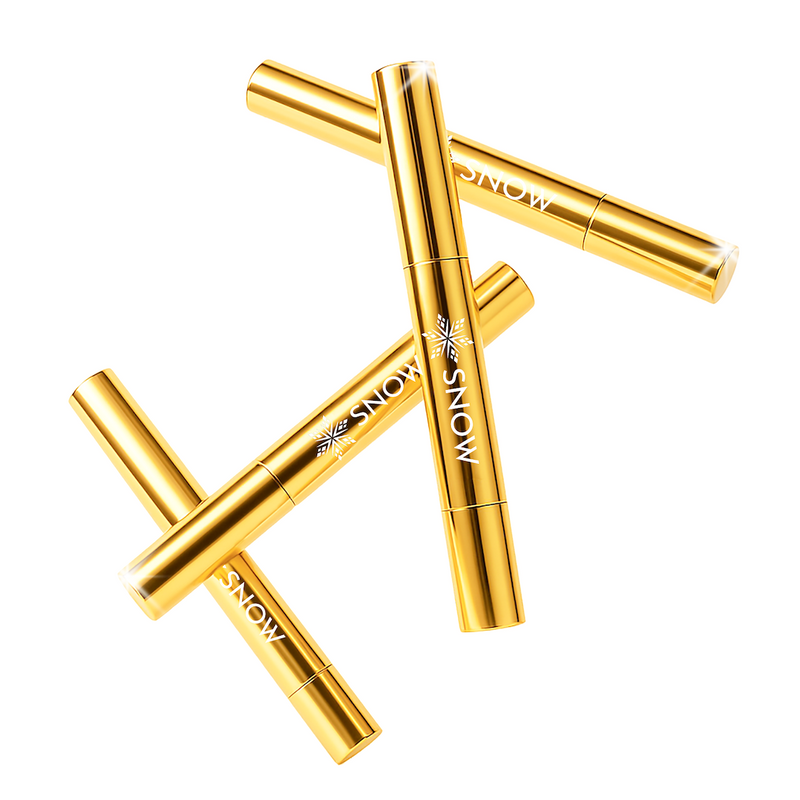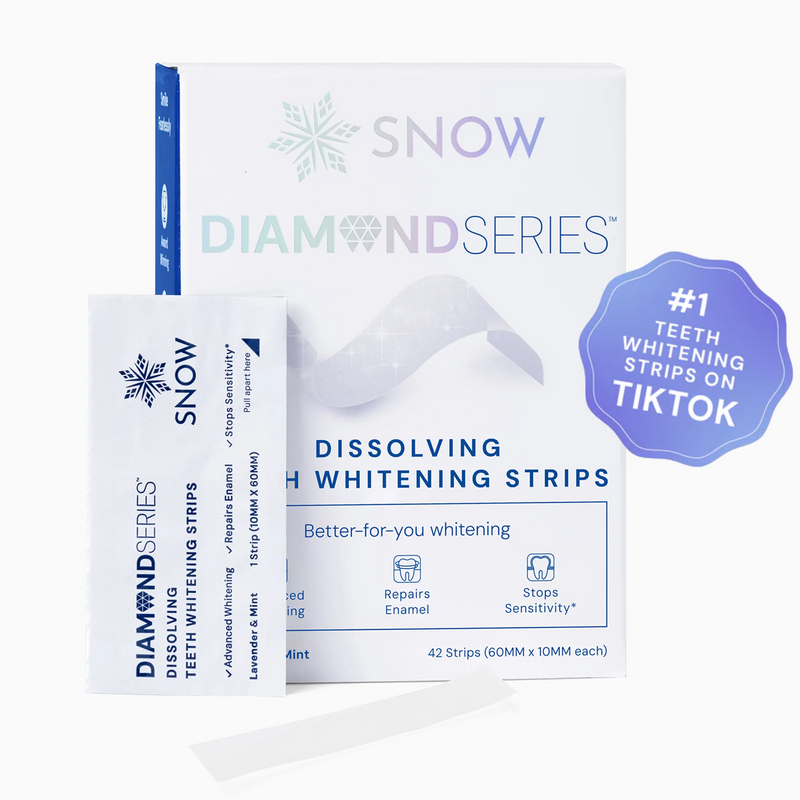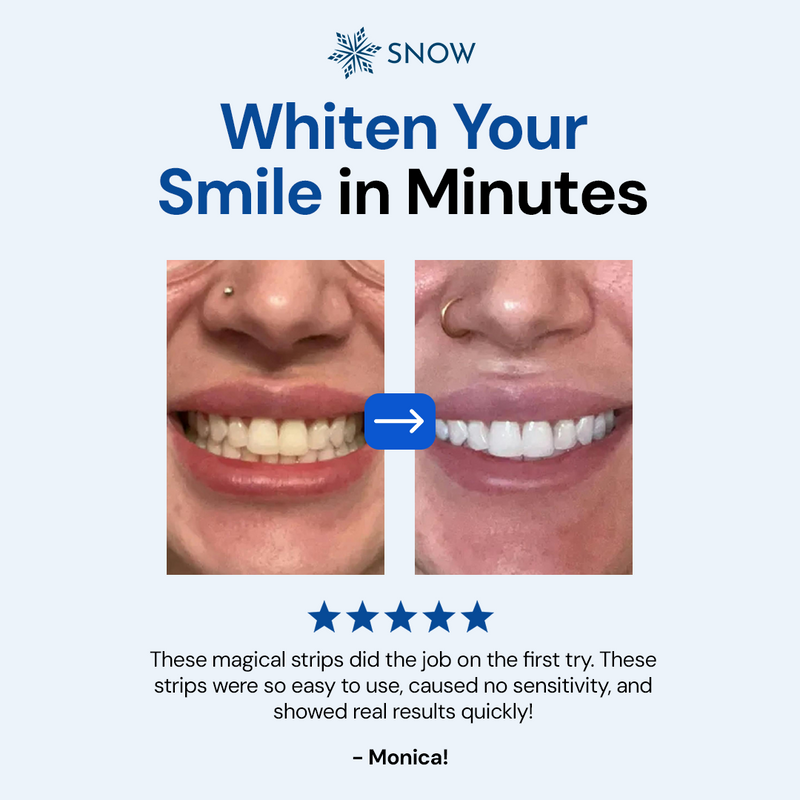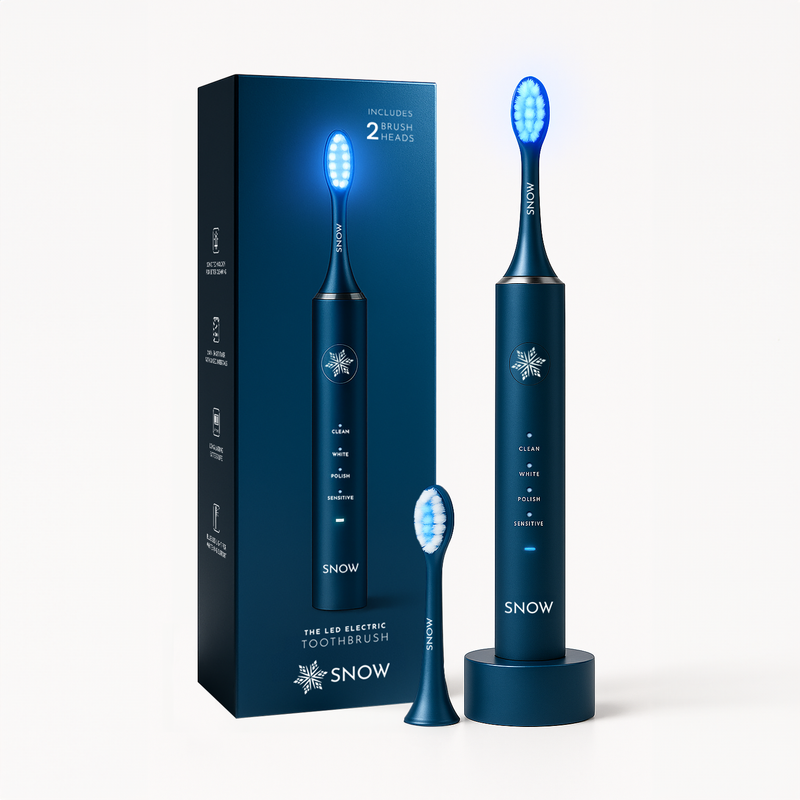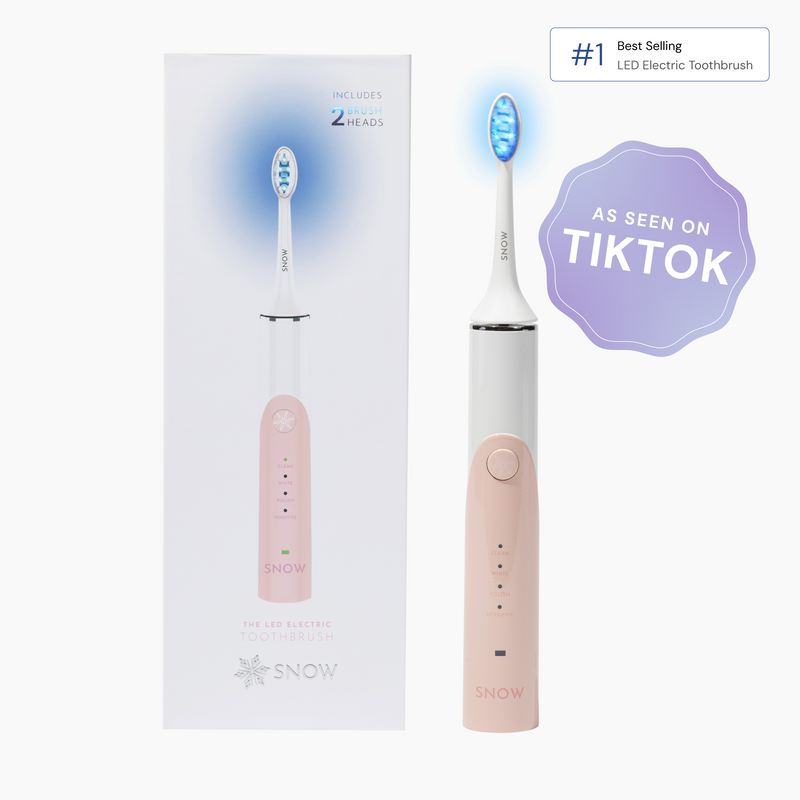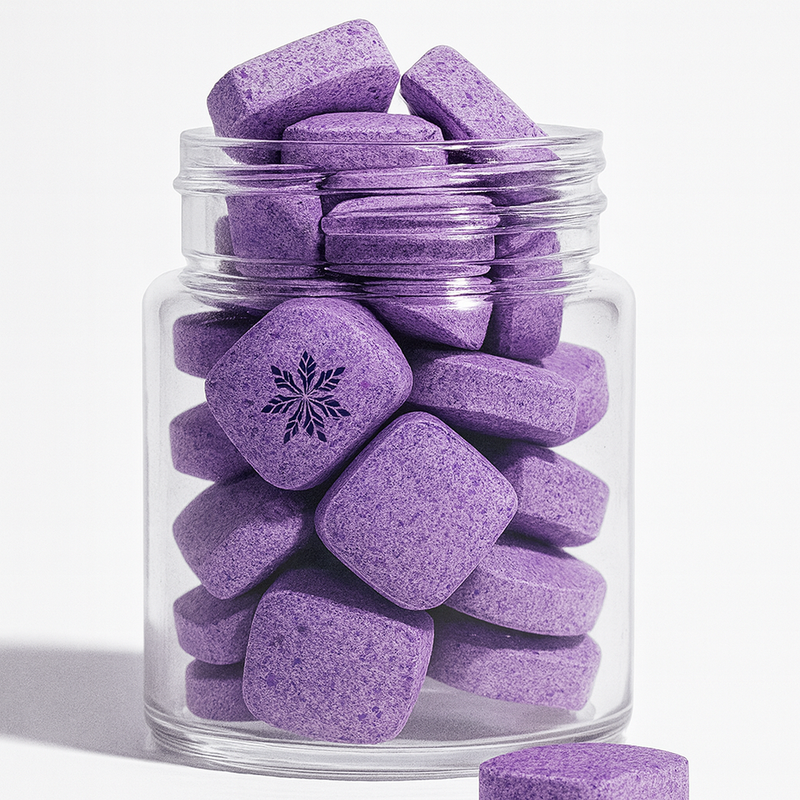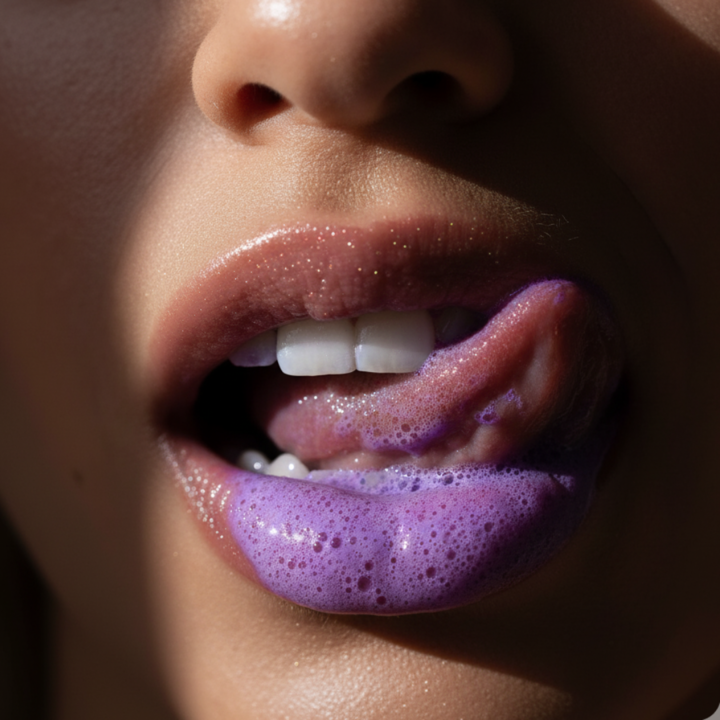Leave it to ancient Egypt to keep track of their medications as far back as 2600 BC.
Many moons later, along came Hippocrates of Kos. He is known as the Greek “Father of Medicine.” He decided to approach medicine from a scientific perspective.
Have you ever heard of a little thing called the Hippocratic Oath? Yep. He’s that guy.
We can thank Hippocrates for being the first to question where illnesses came from rather than believing everything was caused by curses, the various gods and idols they worshipped, or the superstitions people believed in.

He proposed the idea that food choices and living habits were responsible for many health issues. Imagine that. What we put in our bodies directly affects our health.
A lot of Hippocrates’s ideas were way offbase. He didn’t actually know accurate anatomy. That creates a bit of a problem for accuracy.
Hippocrates had no idea about germs and viruses, antibodies, antibiotics, or any of our modern medicine and how it all affects the body. So, he didn’t know the good, the bad, or the ugly.
Americans love our medications. Most of us don’t even know about the ugly side of medications. By the ugly side, I mean the unwanted side effects.
Do you know why we don’t know? Well, because most of us don’t want to read all that teeny, tiny fine print. And we definitely don’t want to listen to another commercial that reads the side effects with auctioneer-like speed.
So, if they mention anything about staining our teeth, we have no idea. Zip. Zilch.
I bet most of us are guilty of this.
When an antibiotic takes away your illness, you don’t think about what it might leave behind. You may no longer have pearly whites.
You may be staring at a colored smile. Brown, gray, green, yellow, or even blue teeth may now be in your mouth.
We don’t expect things that we use to heal our bodies can also damage us somehow.
Mouth Rinse
Did you know that certain mouth rinses or mouthwashes can stain your teeth? That just sounds very counterintuitive. It makes no sense.
We use mouth rinses to help something within our mouth. And yet. Some of those very same rinses cause stains.
Phenolic mouth wash, such as Listerine, can cause yellow stains. The eucalyptol and thymol ingredients contribute to the stains.
Cationic antiseptic mouth rinses can cause yellow-brown staining. So, if your mouthwash contains chlorhexidine or cetylpyridinium chloride, then it may give you better breath but stain your teeth.
These mouth rinse types make your teeth even more prone to stains when used in close proximity to wine, coffee, tea, or other things that stain the teeth.

Antibiotics
Several different types of antibiotics can be accused of staining our teeth. And they somehow manage to stain them in a lovely array of colors. Isn’t that nice?
If you’re into grays, browns, or yellow-browns for your teeth shade, then these antibiotics may do the trick for you:
- Tetracycline is used to treat bacterial infections like pneumonia, respiratory tract infections, certain infections spread by lice, mites, ticks, sick animals, infections of the lymphatic system, intestinal, urinary, and genital systems, and perhaps most well-known is its treatment of acne.
- Doxycycline is used to treat infections such as dental infections, rosacea, dermatitis, chest infections, skin infections, and sexually transmitted infections (STIs).
- Augmentin is commonly used to treat ear infections, sinus infections, urinary tract infections, pneumonia, and bronchitis.
- Chlorhexidine is an ingredient in mouthwash that is used for treating gingivitis.
If you’re more into greens or a striking combination of blue-green-gray tones for your teeth, then these antibiotics will be a better choice:
- Minocycline treats the same type of infections as tetracycline.
- Ciprofloxacin treats a broad spectrum of diseases, typhoid, infectious diarrhea, pneumonia, gonorrhea, and infections of the joints and bone, skin, abdomen, and prostate. It can be used to treat the inhalation of anthrax and to prevent plagues.
Antihistamines
Antihistamines are typically taken by anybody who has suffered from a cold or allergies. Obviously, that means a lot of us have taken antihistamines.
I think we all know that taking a few pills here and there will not stain our teeth. If you take antihistamines regularly, then you are more at risk for staining your teeth.
AntiHypertension Medication
Hypertension is otherwise known as high blood pressure. If you don’t know the lingo, you have probably heard these mentioned on one of the many infomercials.
They are referred to as ACE inhibitors (angiotensin-converting enzyme), beta-blockers, heart-rhythm medication, diuretics, and calcium channel blockers. All of these medications can result in dry mouth.
A dry mouth is a bad news for teeth. It makes digestion less efficient, and swallowing becomes a challenge. Those things increase the risk of decay and staining for our teeth.
You can chew gum to stimulate those salivary glands if this is your situation. The chances are that if you have high blood pressure, you are already stressed. The last thing you need is to worry about teeth stains.
Other Medicinal Culprits
Fluoride can lead to white spots on the teeth when taken in excess. This condition is known as fluorosis. Sometimes the color can even be a whitish-brown shade.
Iron supplements, also known as iron salts that are taken to reverse an iron deficiency, can result in black teeth. Niiice. Boost your iron and get zombie’s mouth. Win-win.
Antipsychotic drugs can also lead to grayish discoloration of the teeth. People with schizophrenia who take the generic drug olanzapine may find themselves with gray teeth.
And last, but not least interesting, is the betel nut found in the Asia-Pacific. This nut is known to have health benefits. When chewed, the betel nut leaves behind very red stains on the teeth and gums.
Overall …
There are many shades of stains created by medications. Take your pick. You can have brown, yellow, blue, green, or gray. None of them are pretty.
Some of the stains are less noticeable, and some are much more severe.
Some medications cause such severe staining that it is almost impossible to fix. Tetracycline is most certainly one of the major culprits of horrible stains. Those stains occur deep within the dentin.
The more mild stains tend to be superficial and can be remedied by a good cleaning with a hygienist at your dentist’s office.
Be aware of which medications go by several names and avoid the ones that can cause severe stains on or in your teeth.
If having permanently stained teeth isn’t a side effect that would cause you to pause and read the fine print, then I don’t know what will. Most people can handle a bit of stomach trouble for a few days or even temporary vision issues.
But permanently stained teeth? Yeah. That’s a hard pass for me. Permanently stained teeth in my children? Even harder pass. No thanks.
I wonder what Hippocrates would say. Would he even notice stained teeth? Or would he have everybody chewing on neem sticks and licorice root for natural ways to heal their teeth and freshen breath?
If your teeth have been stained by medications or something else, please check out the best whitening system available to you. Snow teeth whitening systems are worth every penny!

















































